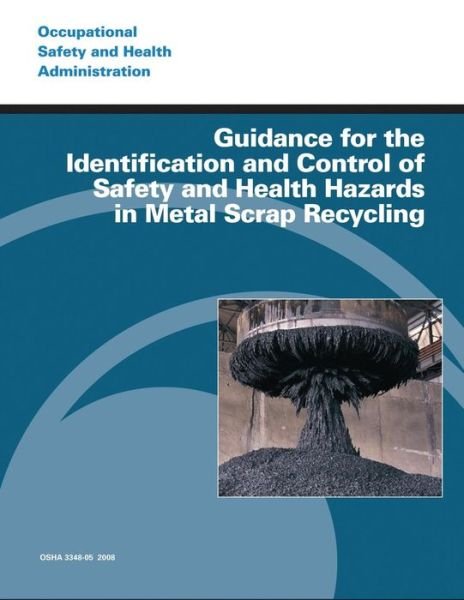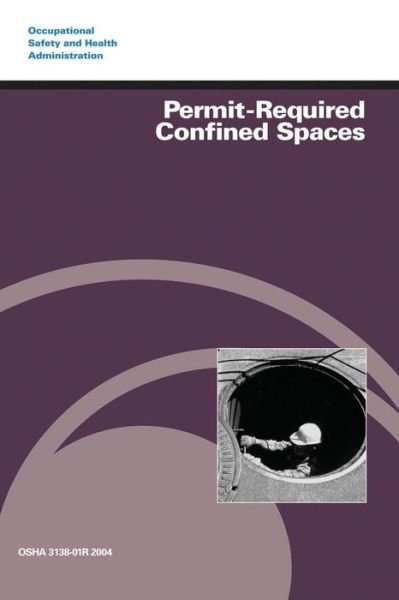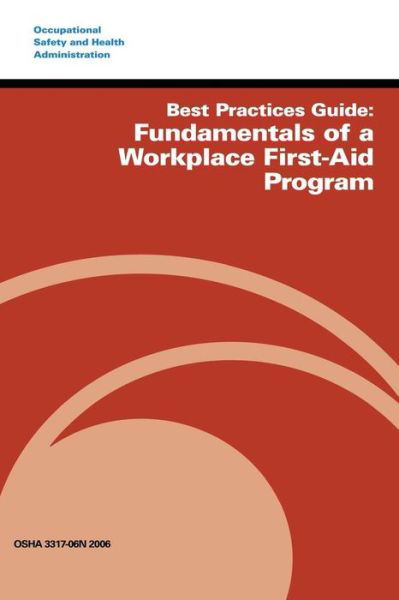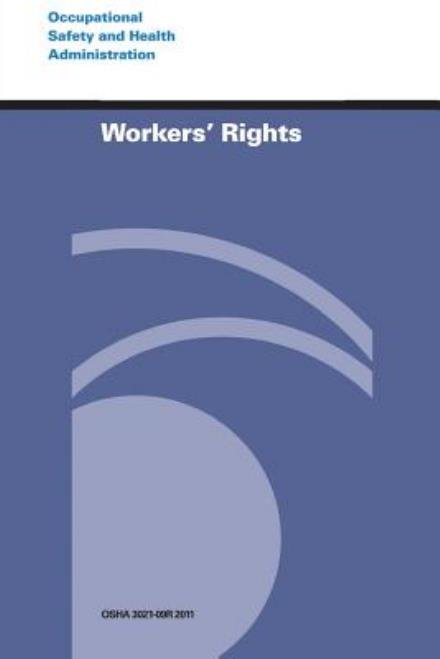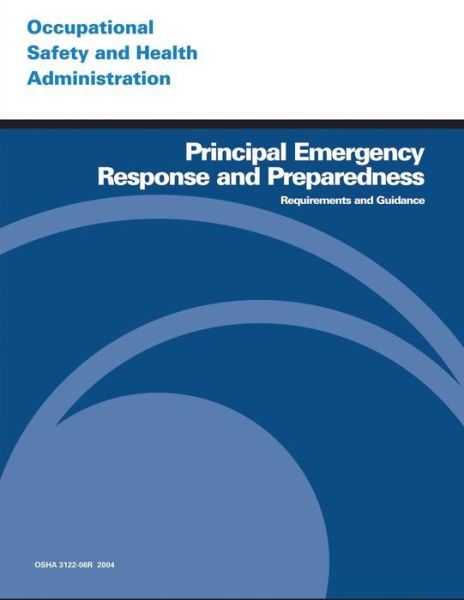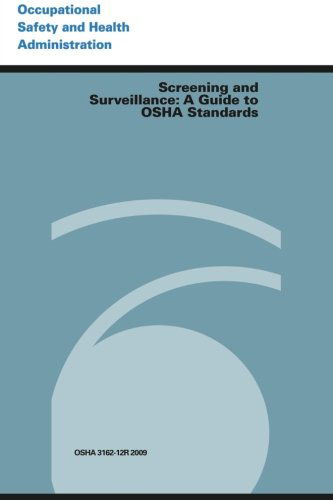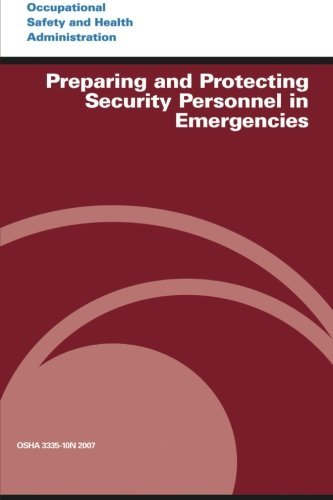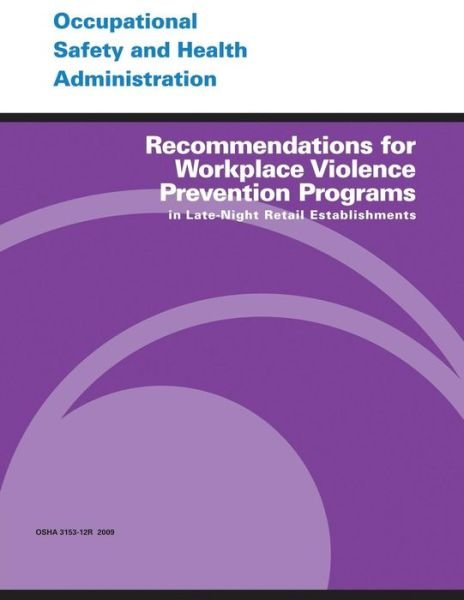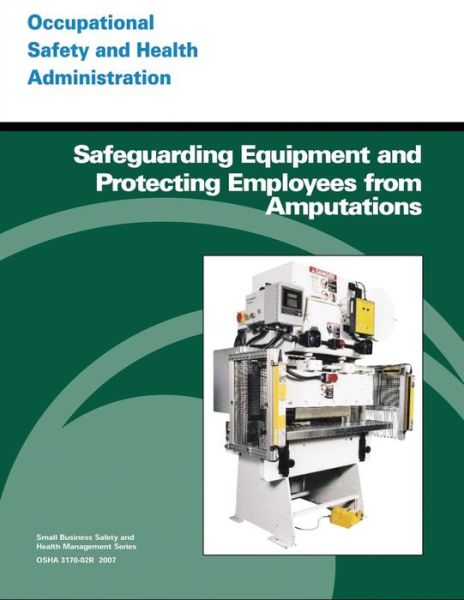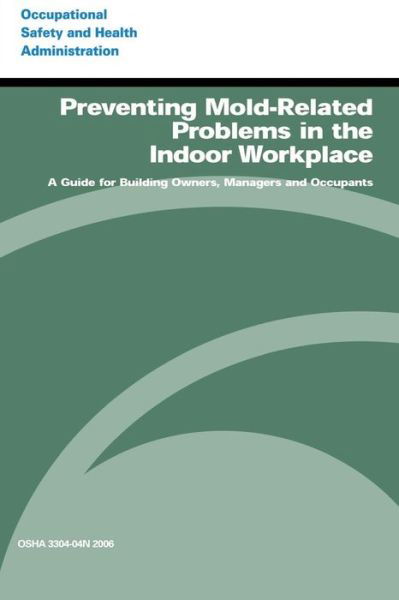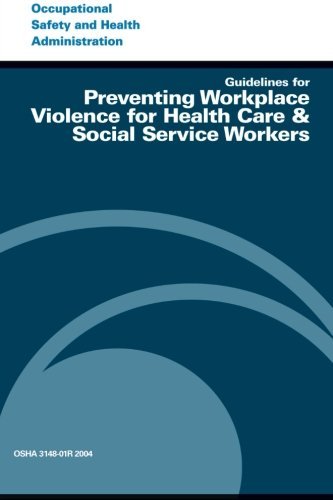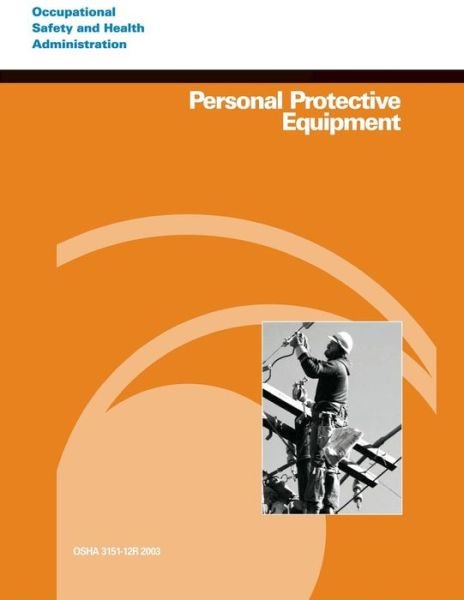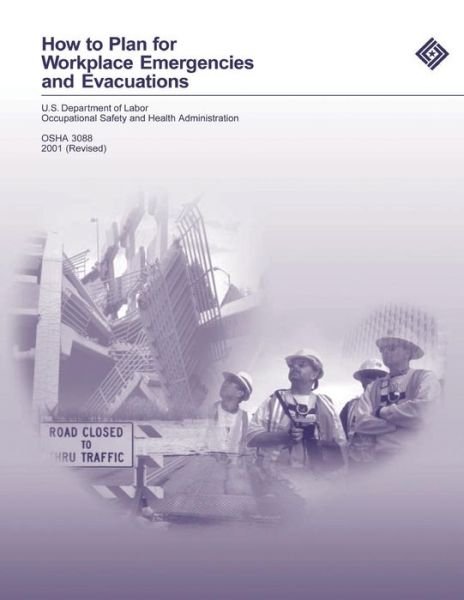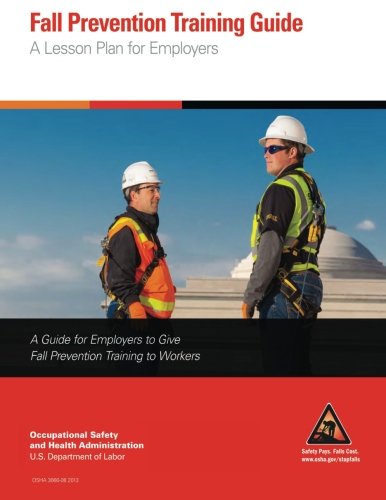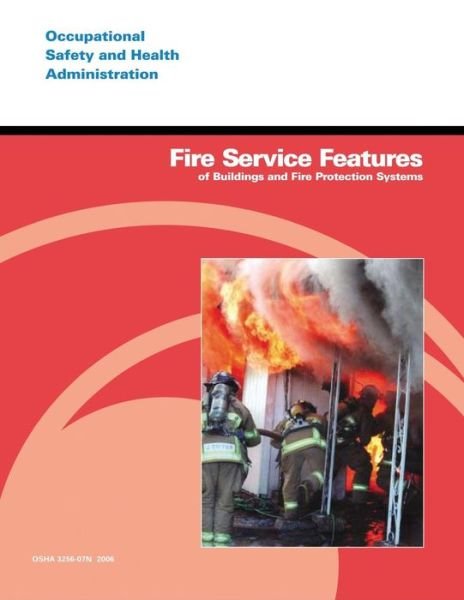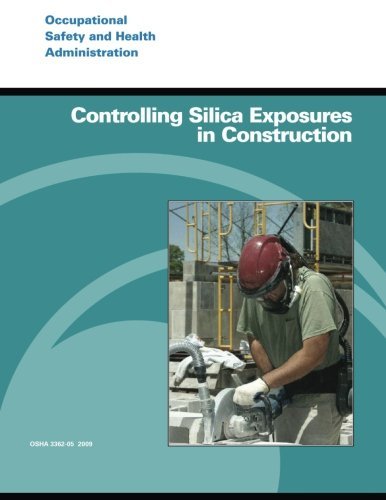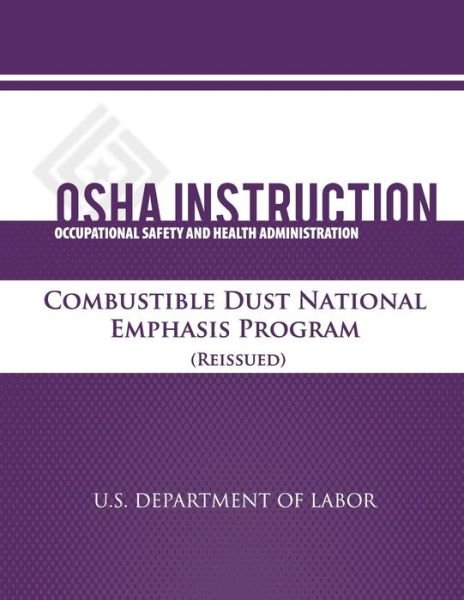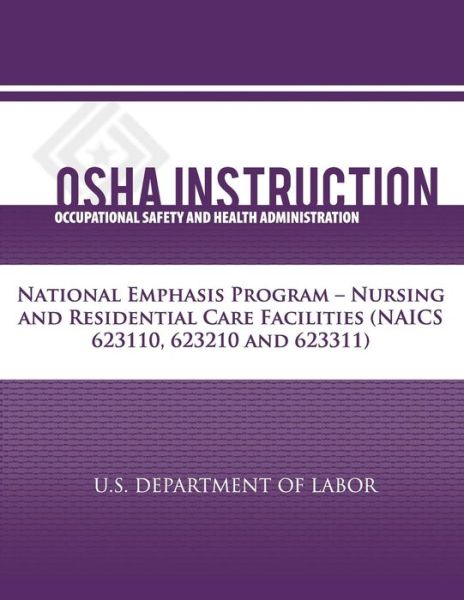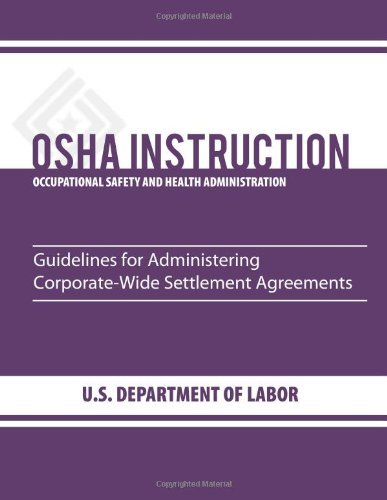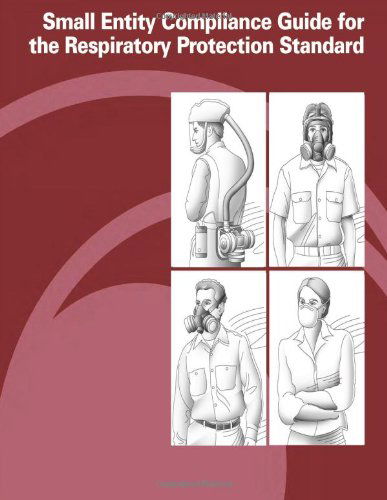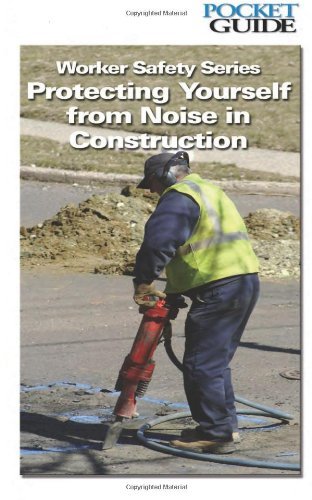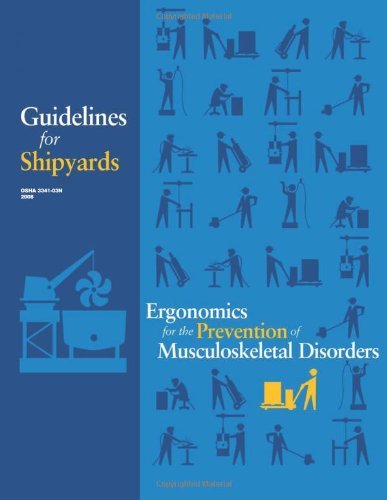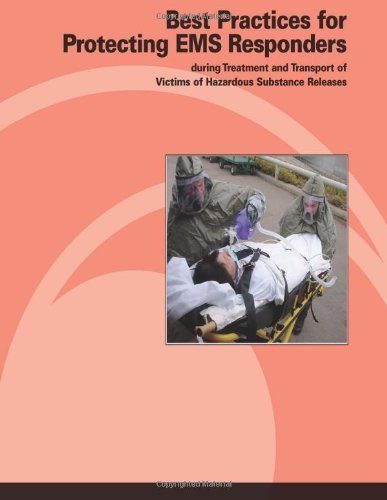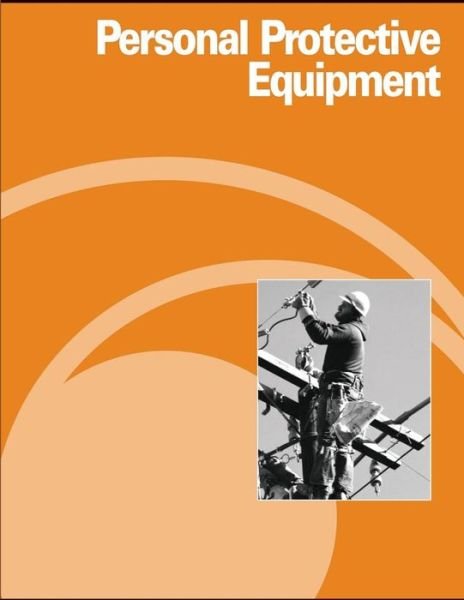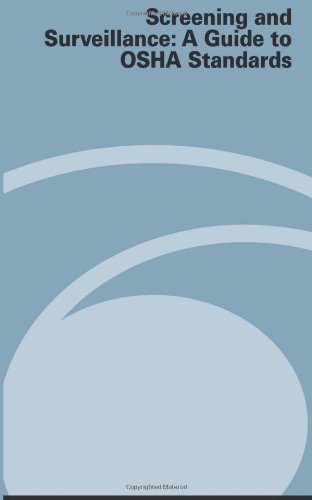
Tell your friends about this item:
Control of Hazardous Energy: Lockout / Tagout
Occupational Safety and Health Administration
Control of Hazardous Energy: Lockout / Tagout
Occupational Safety and Health Administration
OSHA 3120, Control of Hazardous Energy: Lockout/Tagout, presents OSHA?s general requirements for controlling hazardous energy during service or maintenance of machines or equipment. It is not intended to replace or to supplement OSHA standards regarding the control of hazardous energy. After reading this booklet, employers and other interested parties are urged to review the OSHA standards on the control of hazardous energy to gain a complete understanding of the requirements regarding the control of hazardous energy. These standards, as well as other relevant resources, are identified throughout this publication. ?Lockout/tagout? refers to specific practices and procedures to safeguard employees from the unexpected energization or startup of machinery and equipment, or the release of hazardous energy during service or maintenance activities. This requires, in part, that a designated individual turns off and disconnects the machinery or equipment from its energy source(s) before performing service or maintenance and that the authorized employee(s) either lock or tag the energy-isolating device(s) to prevent the release of hazardous energy and take steps to verify that the energy has been isolated effectively. If the potential exists for the release of hazardous stored energy or for the reaccumulation of stored energy to a hazardous level, the employer must ensure that the employee(s) take steps to prevent injury that may result from the release of the stored energy. Lockout devices hold energy-isolation devices in a safe or ?off? position. They provide protection by preventing machines or equipment from becoming energized because they are positive restraints that no one can remove without a key or other unlocking mechanism, or through extraordinary means, such as bolt cutters. Tagout devices, by contrast, are prominent warning devices that an authorized employee fastens to energy-isolating devices to warn employees not to reenergize the machine while he or she services or maintains it. Tagout devices are easier to remove and, by themselves, provide employees with less protection than do lockout devices. Employees can be seriously or fatally injured if machinery they service or maintain unexpectedly energizes, starts up, or releases stored energy. OSHA?s standard on the Control of Hazardous Energy (Lockout/Tagout), found in Title 29 of the Code of Federal Regulations (CFR) Part 1910.147, spells out the steps employers must take to prevent accidents associated with hazardous energy. The standard addresses practices and procedures necessary to disable machinery and prevent the release of potentially hazardous energy while maintenance or servicing activities are performed. Two other OSHA standards also contain energy control provisions: 29 CFR 1910.269 and 1910.333. In addition, some standards relating to specific types of machinery contain deenergization requirements?such as 29 CFR 1910.179(l)(2)(i)(c) (requiring the switches to be ?open and locked in the open position? before performing preventive maintenance on overhead and gantry cranes). The provisions of Part 1910.147 apply in conjunction with these machine-specific standards to assure that employees will be adequately protected against hazardous energy.
| Media | Books Paperback Book (Book with soft cover and glued back) |
| Released | June 22, 2012 |
| ISBN13 | 9781478113751 |
| Publishers | CreateSpace Independent Publishing Platf |
| Pages | 44 |
| Dimensions | 127 × 203 × 3 mm · 54 g |
| Language | English |


